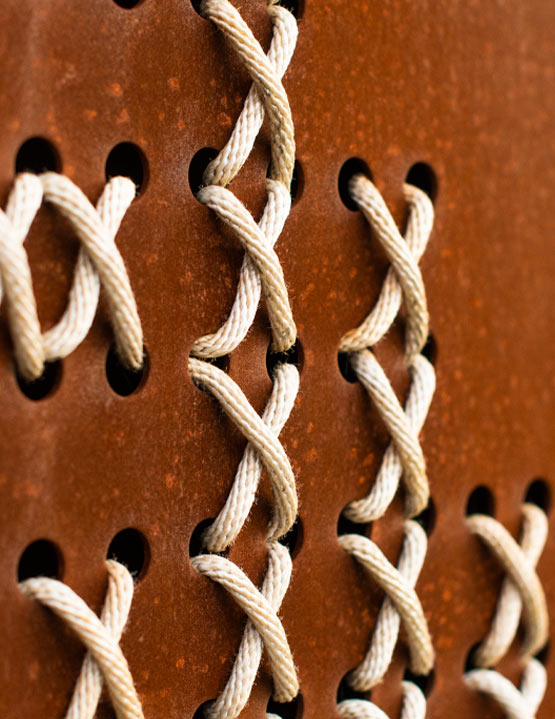Though this project has its genesis in the 250th Anniversary of Cook’s arrival, the redeveloped space will represent 1000 years of navigation and settlement in Turanganui-a-Kiwa Gisborne with sculpture and storytelling that acknowledges the ancestor Maia who landed at Tawararo (Kaiti Beach) and settled at the site, through to the landing of Lieutenant Cook at the same site 750 years later. These legendary Māori and European explorers were each leaders of their time, demonstrating great intelligence and bravery in their feats.
The Puhi Kai Iti Cook Landing Site National Historic Reserve upgrades and narrative will include:
- Sculpture acknowledging ancestor Māia and his arrival on the Te Ikaroa a Rauru waka.
- Acknowledgement of the first whare wānangā (place of learning), Puhi Kai-Iti circa 1450-75.
- Sculpture to depict hue (gourds) that Maia was skilled in cultivating.
- Nine pou to represent the men shot in the encounter with Endeavour crew.
- Strengthening of the cenotaph.
- Excerpts from the diaries of Cook and his crew.
- Drawings by botanists from the Endeavour: Banks and Solander
- Discs symbolising pennies donated by local children in the national fund-raising effort build the Cook Monument in 1906.
- History of the development of the port.
A visually impactful addition, and one deep with meaning, are the circular walls featuring the largest tukutuku panels in the world. Tukutuku was used by Māori to bind materials for houses and the same techniques were used to bind waka that navigated to Aotearoa New Zealand. The tukutuku designs incorporate kaokao, poutama, roimata tōroa, pātiki and patterns specific to Te Poho o Rāwiri Marae
One hundred and twelve steel tukutuku panels, punched with 53,900 individual holes were woven with 7.3km of cord by volunteers from local iwi Ngāti Oneone and skilled weavers from around Tairawhiti.
These considered elements reflect the traditional stories of iwi along with the legacy of Cook, and the significance of each of these explorers in the region’s history.





